EVOLUTION OF WATCH TECHNOLOGY
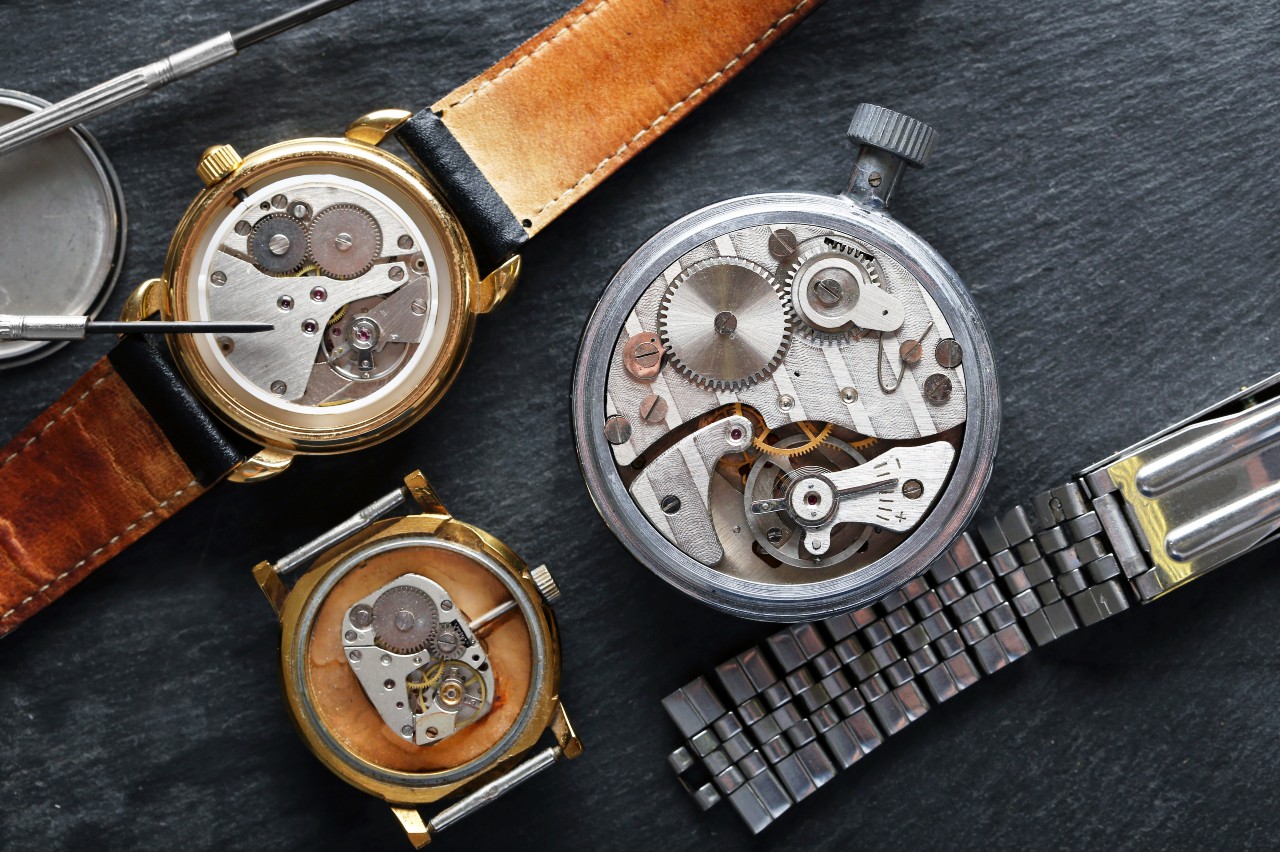


EVOLUTION OF WATCH TECHNOLOGY
Watches are among the most desired luxury accessories, but it hasn’t always been this way. The modern wristwatch is the result of centuries spent tinkering, innovating, and crafting. Through the efforts of horology pioneers, risk-taking entrepreneurs, and talented artists, wristwatches have become the exceptional, helpful companions they are today. Since their humble origins as attractive pendants, they provide peerless assistance in the busy days of their wearers. Learn more about watches enchanting history with the experts at Northeastern Fine Jewelry.
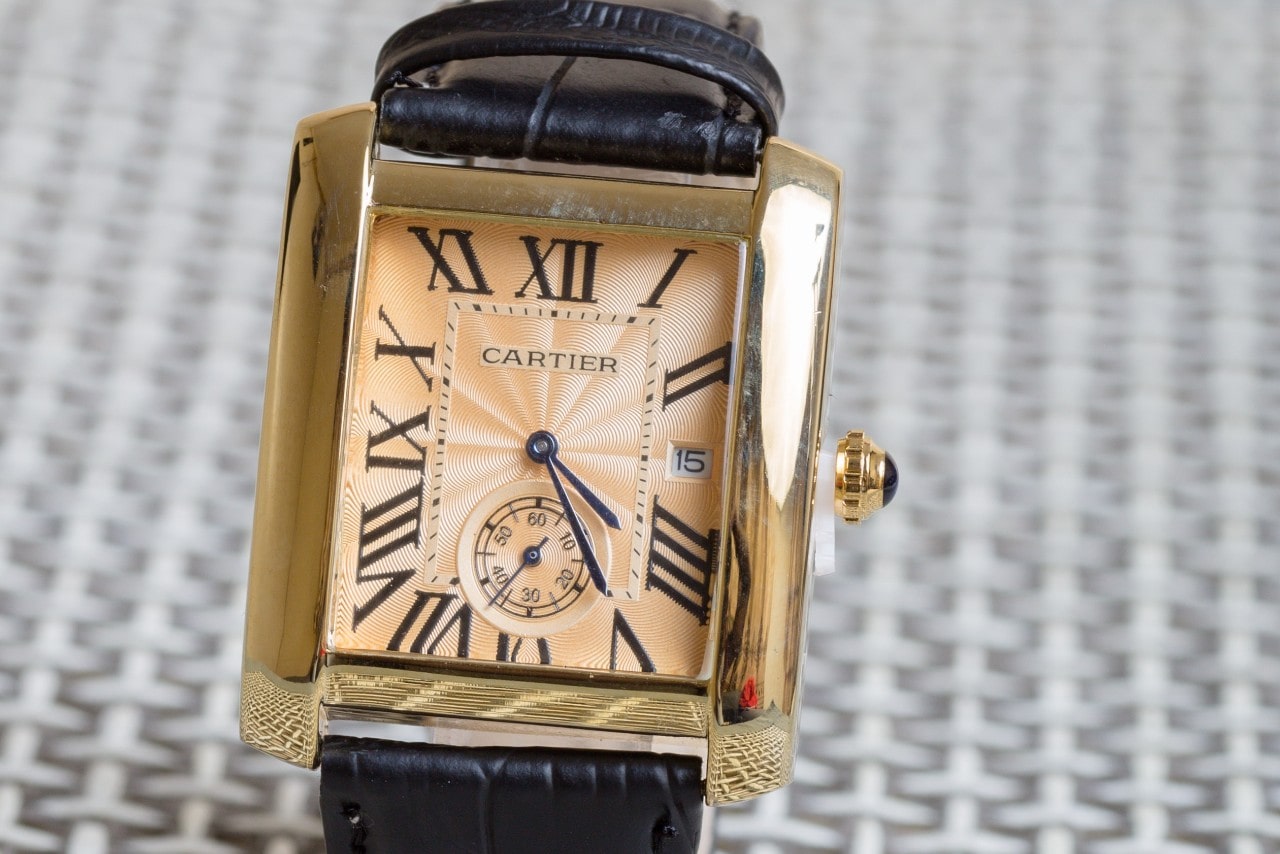


CLOCK WATCHES
In the early 16th century, Peter Henlein invented the clock watch. A stark contrast to the timepieces we know today, clock watches were strictly novelties – they were far too inaccurate to tell time. They resembled brass spheres that could open akin to a clamshell, with a dial on the inside. Clock watches relied upon intricate machinery to tick, but they required frequent winding and were off by a matter of hours.
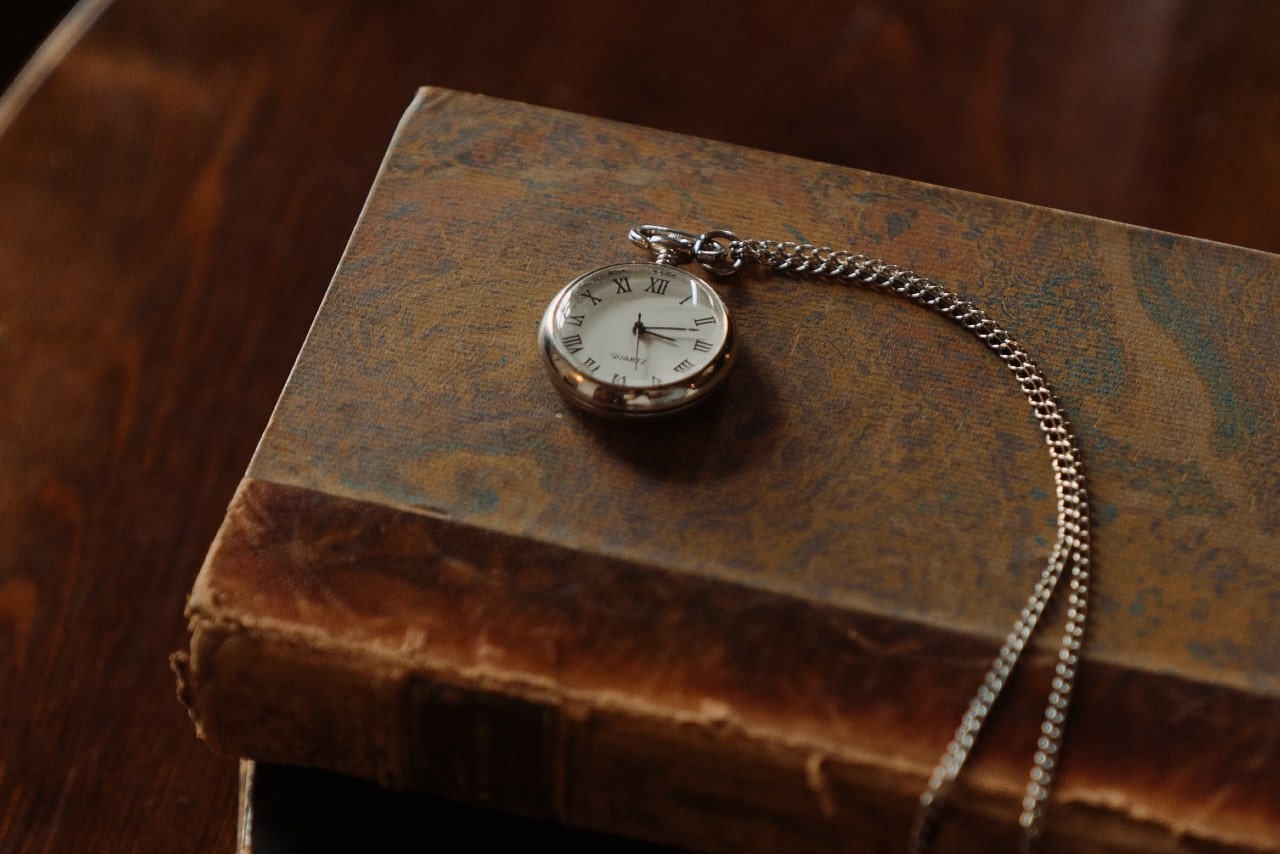


POCKET WATCHES
Pocket watches were a common accessory in the 17th century. During the first half of the century, they weren’t much more accurate than clock watches. However, the invention of the balance spring in 1657 made them drastically more accurate. They could tell time within minutes, making them useful as an everyday time-telling device. While pocket watches are not as common as they once were, some still carry these beautiful pieces with them.



WRISTWATCHES
The first wristwatch is said to have been crafted in 1810 by Abraham-Louis Breguet of the eponymous brand, but the truth is far from certain. Some pocket watch owners attached their timepieces to the wrist for convenience. Regardless, they were not immediately popular and did not gain traction until Britain’s late-19th century colonial wars. People came for functionality but stayed for fashionability.
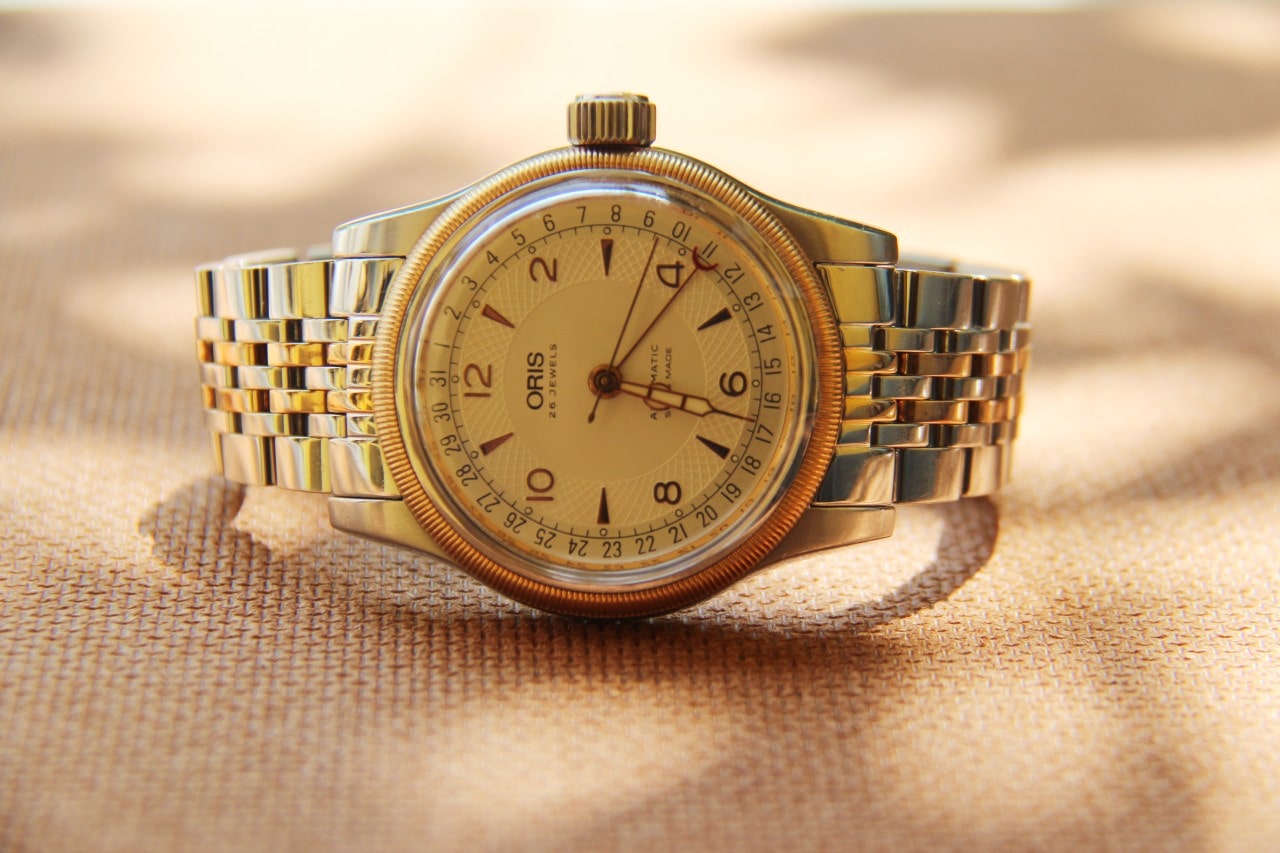


QUARTZ MOVEMENT
In 1964, the Japanese brand Seiko revealed the quartz movement to the world in correspondence to the Tokyo Summer Olympics. These pieces used batteries instead of intricate machinery to operate. As such, quartz movement is more durable, precise, and affordable than its gravity-powered peer. Most timepieces today use quartz movement, but some still opt for the artistry and intricacy of automatic and manual watches.
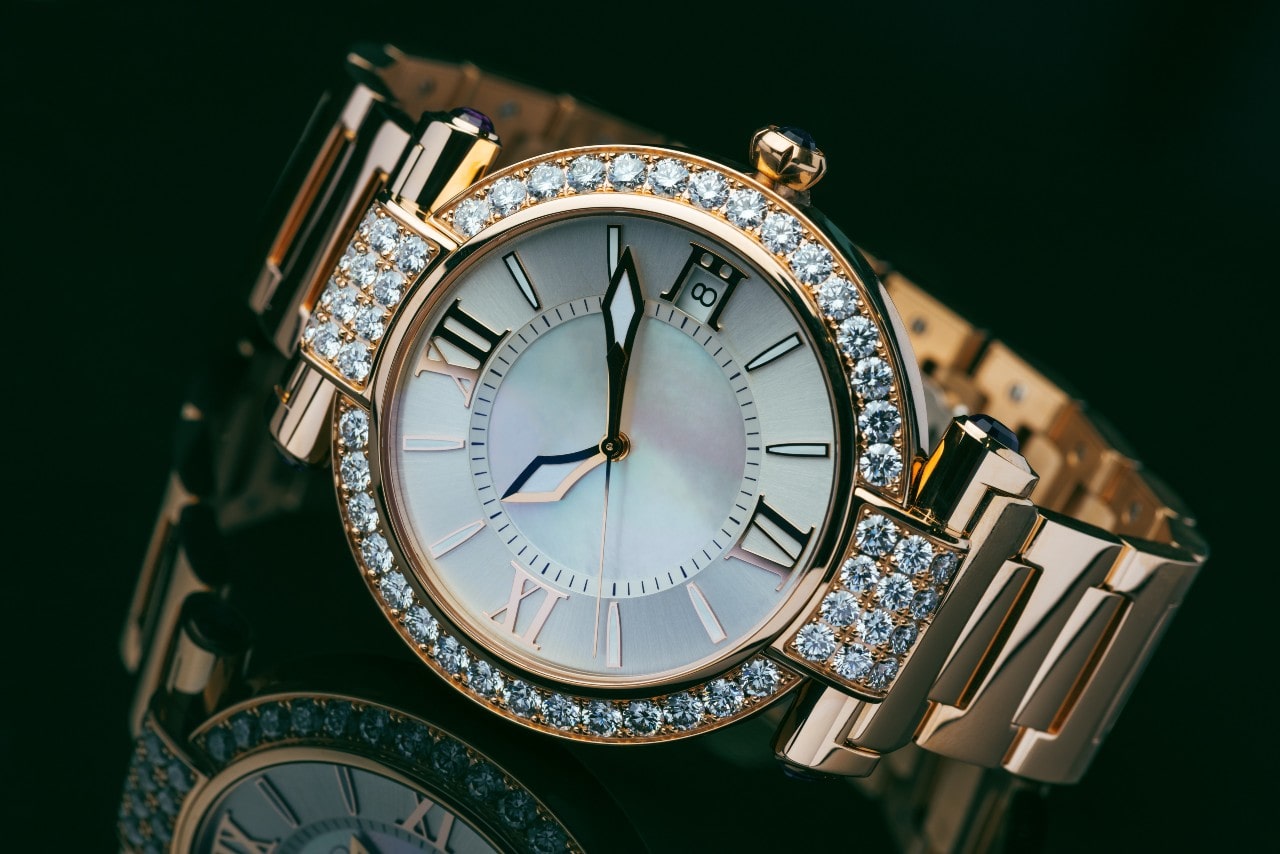


FIND WATCHES AT NORTHEASTERN FINE JEWELRY
Visit Northeastern Fine Jewelry for the ultimate in luxury; be it a timepiece or bridal jewelry, you’ll find the perfect accessory in our stores. You can find us in Albany, Glens Falls, and Schenectady in the great state of New York. Every showroom is staffed by the most skilled and talented professionals in the field, as well as a superb selection. Reserve an appointment with a store near you to experience the best.
 Book Appointment
Book Appointment 

